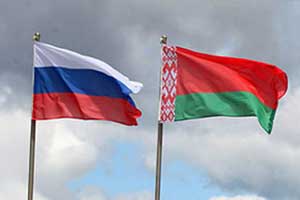Bright prospects for Belarus-Russia cooperation in nuclear medicine

The effect from Belarus-Russia joint actions to develop nuclear medicine can be very high, BelTA learned from Irina Kibina, Vice President of the Russian company Rusatom Overseas, during the 7th international expo and conference Atomexpo Belarus.
“An overwhelming majority of medics believe that nuclear medicine stands for oncology. But these technologies have been part and parcel of cardiology, endocrinology for a long time. In developed countries they are used in various spheres including pediatrics,” noted Irina Kibina.
The expert mentioned the lack of trust and the unpreparedness of medics and patients to use these technologies as one of the main problems standing in the way of the development of nuclear medicine. The other problems include the prevailing use of foreign-made medical equipment, the shortage of medical personnel and engineers, who are capable of providing services using nuclear medicine methods. “Medical centers badly need personnel to fill these job openings. More than 25% of the nuclear medicine equipment stands idle,” stated Irina Kibina. “Apart from that, treatment and prevention institutions specializing in oncology and cardiology lack equipment for radionuclide diagnostics.”
According to the expert, the problem can be resolved by developing a joint program to make equipment to substitute imports. An interstate program to train specialists and retrain nuclear medicine specialists using the scientific and industrial potential of the Eurasian Economic Union can be developed. “There is very close affinity between Belarus and Russia in diagnostics, therapy, research, and education. We could get a significant effect for both countries if our states, our nuclear schools of thought, scientists, practitioners, and medics cooperate,” said Irina Kibina.













